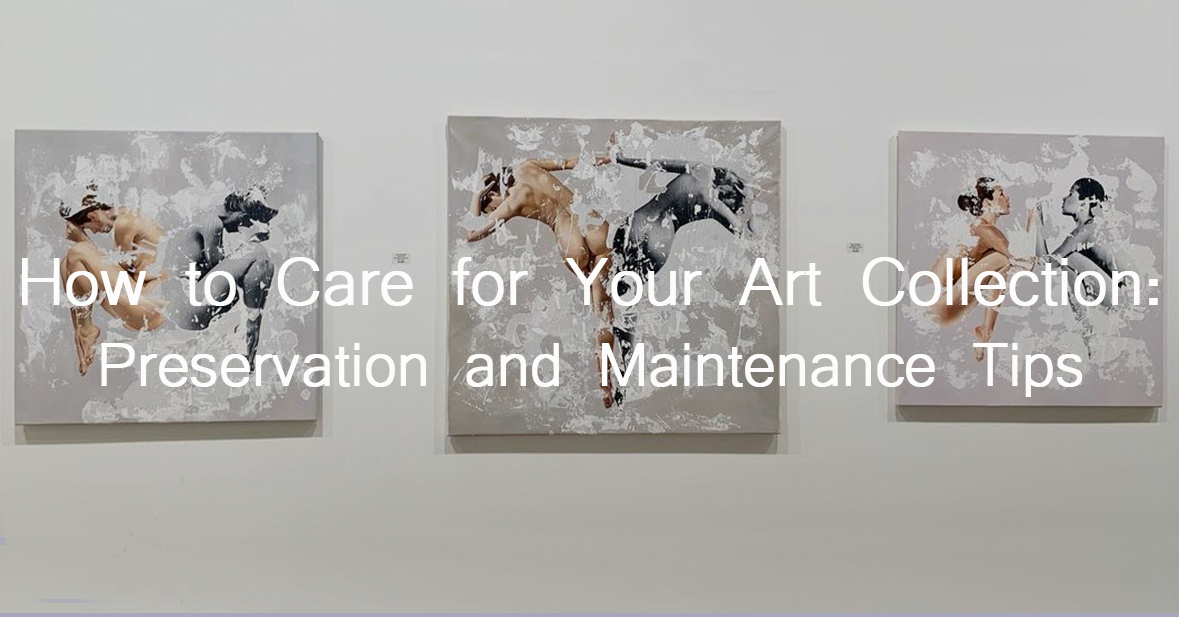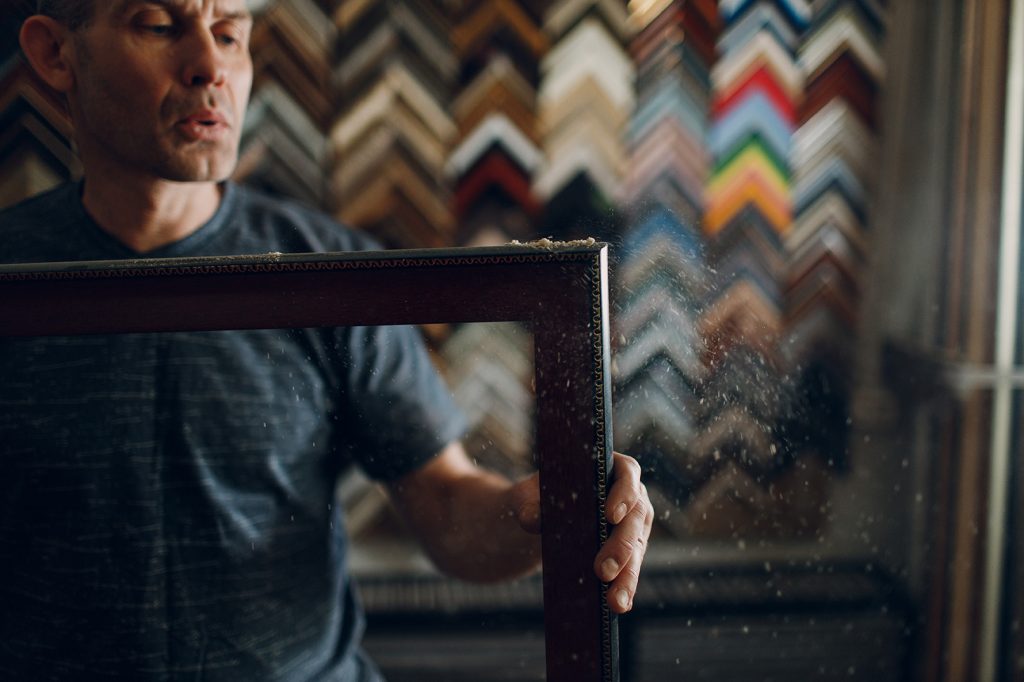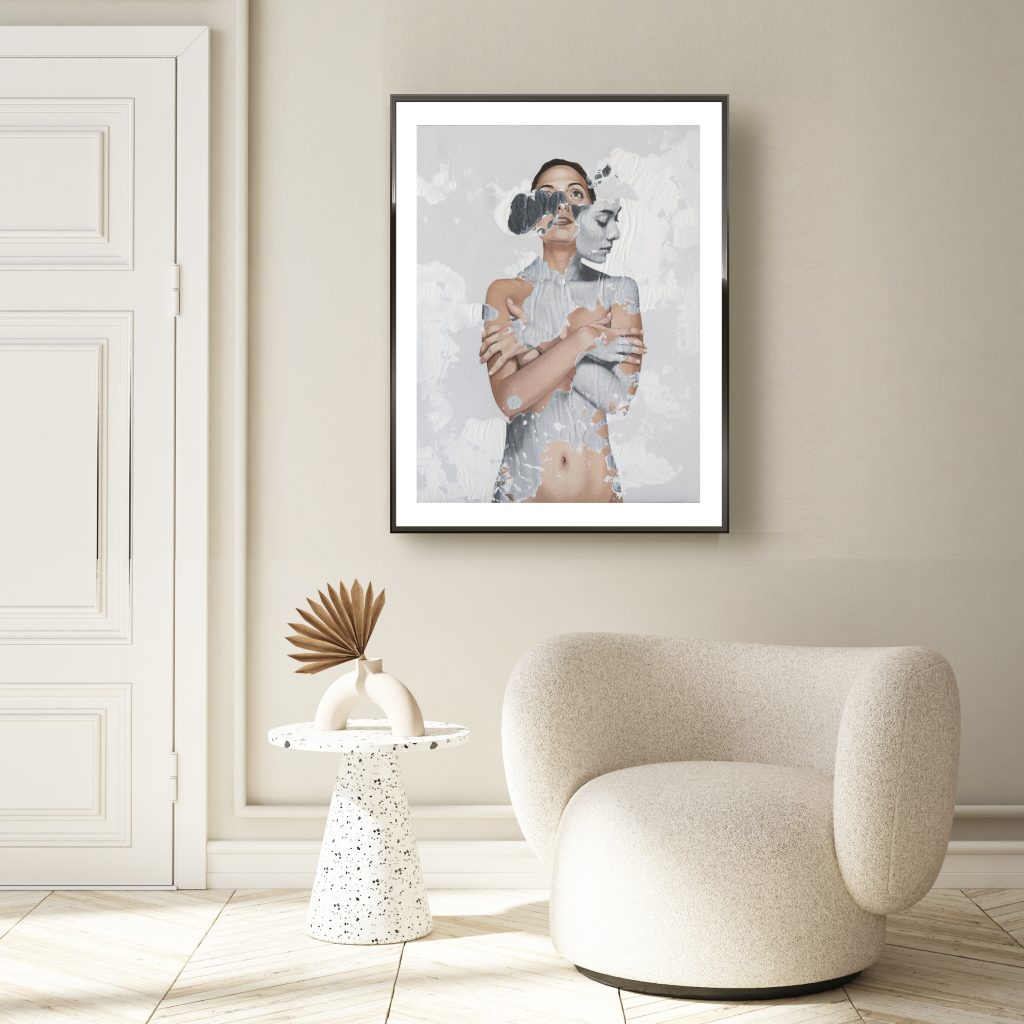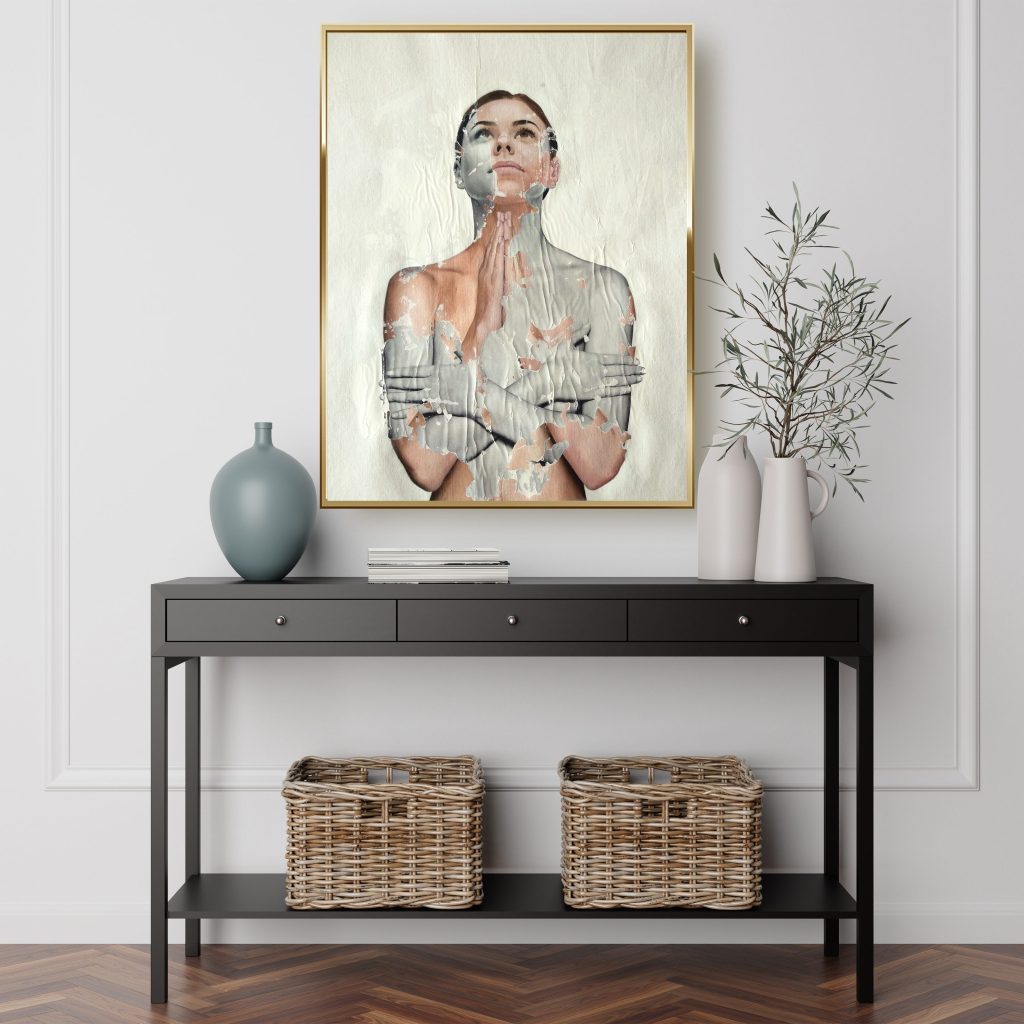
Introduction
Art is not just a decoration, it is an investment that can appreciate in value over time. Whether you are an avid art collector or have just started to build your collection, proper care and maintenance are crucial to preserving the value and beauty of your pieces. In this guide, we will provide you with tips and techniques to help you care for your art collection and ensure it remains in top condition for years to come.
How to Care for Your Art Collection: Preservation and Maintenance Tips
Cleaning Your Art Collection
Keeping your art collection clean is one of the most important things you can do to preserve its value and beauty. Here are some tips to help you keep your art looking its best:

Use the Right Tools
Taking care of your art collection requires using the right tools to ensure that you don’t damage the artwork. Here are some tips for using the right tools to clean your art collection:
- .Use a soft-bristled brush or a microfiber cloth to gently remove dust and debris from your artwork. Avoid using a cloth that is too rough or abrasive as it can scratch the surface of the artwork.
- Avoid using water or any cleaning products that contain chemicals as they can damage the surface of the artwork. Instead, use a dry cloth or brush to clean the artwork.
- Use a feather duster or a vacuum cleaner with a soft brush attachment to clean the frames and mats. Make sure that you are using a soft brush attachment to avoid scratching the surface of the frames and mats.
By using the right tools, you can effectively clean your art collection without causing any damage to the artwork
Be Careful When Cleaning Paintings
Paintings are often the centerpiece of an art collection and require special care and attention when it comes to cleaning. Here are some tips for cleaning paintings:
- Paintings should be cleaned by a professional conservator as they require special care and expertise. Attempting to clean a painting on your own can cause irreversible damage to the paint and surface of the artwork.
- Never use water or any cleaning products on paintings as it can damage the paint and the surface. Even a small amount of water can cause the paint to lift or crack, which can be costly to repair.
- If you notice any dirt or grime on your painting, cover it with a piece of glass or Plexiglas to protect it until it can be cleaned by a professional. This will prevent any further damage to the painting and ensure that it remains in good condition.
When it comes to cleaning paintings, it’s best to err on the side of caution and seek professional help. By doing so, you can ensure that your paintings remain in excellent condition and retain their value for years to come.
Be Mindful of Lighting
- Lighting plays a crucial role in the display and preservation of artwork. Here are some tips to help you be mindful of lighting when caring for your art collection:
- Avoid exposing your art to direct sunlight as it can fade and damage the artwork over time. UV rays from sunlight can cause colors to fade and paper to become brittle, which can be irreversible damage to your artwork.
- Use UV-protective glass or Plexiglas to protect your artwork from the harmful effects of UV rays. These materials help to filter out harmful UV rays and protect your artwork from damage.
- Use proper lighting techniques, such as track lighting or picture lights, to showcase your artwork without exposing it to harmful light. These lighting techniques can be adjusted to highlight specific areas of the artwork without exposing the entire piece to damaging light.
By being mindful of lighting, you can help to preserve your artwork and ensure that it remains in excellent condition for years to come.
Framing Your Artwork
Proper framing can help to protect your artwork and enhance its aesthetic appeal. Here are some tips for framing your artwork:
Use Acid-Free Materials
When you’re framing your artwork, it’s crucial to use acid-free materials to protect it from damage over time. Acidic materials can cause your artwork to deteriorate and change color, which can ruin the beauty and value of the piece. Therefore, it’s essential to choose archival-quality materials that are free from acid and other harmful chemicals.
Using acid-free materials will ensure that your artwork remains in excellent condition for many years to come. Acid-free matting, backing boards, and tapes are all essential components of archival framing. These materials are specifically designed to protect your artwork from the damaging effects of acid and other environmental factors, such as humidity and sunlight.
So, when you’re framing your artwork, be sure to choose acid-free materials. This will help to preserve your artwork’s beauty, value, and integrity for generations to come.
Choose the Right Frame
When it comes to framing your artwork, choosing the right frame is crucial. The frame you select can make a big difference in enhancing the beauty and value of your artwork. It’s important to consider the style and color of your artwork when selecting a frame. Additionally, make sure that the frame is sturdy and well-made to provide adequate protection for your artwork.

Use UV-Protective Glass
UV rays can cause your artwork to fade and deteriorate over time, so it’s important to use UV-protective glass when framing your artwork. This type of glass filters out harmful UV rays and helps to preserve the color and quality of your artwork.
Don’t Frame Your Artwork Too Tightly
When framing your artwork, make sure not to frame it too tightly. A tight frame can cause your artwork to warp or buckle over time, so it’s important to leave some breathing room between the artwork and the frame.
Shipping and Transporting Your Art Collection

Shipping and transporting your art collection can be a stressful and daunting task, but with the right preparation and techniques, you can ensure that your artwork arrives safely and undamaged. Here are some tips for shipping and transporting your art collection:
Use Proper Packaging Materials
When shipping or transporting your artwork, it’s important to use the right packaging materials to protect it from damage. Use acid-free, archival-quality materials to wrap and cushion your artwork, such as acid-free tissue paper, bubble wrap, and foam board.
Label Your Artwork
Label your artwork with your name, address, and contact information in case it gets lost or misplaced during shipping or transportation.
Consider Professional Shipping Services
If you are shipping valuable or fragile artwork, consider using a professional shipping service that specializes in handling art. These services have the expertise and equipment needed to handle your artwork safely and securely.
Plan Your Route
Carefully When transporting your artwork, plan your route carefully and consider any potential hazards, such as bumpy roads or extreme weather conditions. Make sure to secure your artwork properly in your vehicle and use a climate-controlled environment if necessary.
Insure Your Art Collection
Consider insuring your art collection for the full value of the artwork in case it gets lost, damaged, or stolen during shipping or transportation. Make sure to read the fine print of your insurance policy and understand the coverage and limitations.
Storage and Display
Proper storage and display of your art collection can help protect it from damage and preserve its value. Here are some tips to keep in mind:
Use the Right Materials
When it comes to storing and displaying your art collection, it’s important to use the right materials. Here are some tips for using the right materials:
- Use acid-free, archival-quality materials to store and display your art, such as acid-free paper, mats, and storage boxes. These materials are designed to protect your artwork from acids, which can cause it to deteriorate over time.
- Avoid storing your art in areas with high humidity or temperature fluctuations, such as basements, attics, or garages. These areas can cause damage to your artwork, such as warping, mold growth, or fading. Instead, store your artwork in a cool, dry area with consistent temperature and humidity levels.
- Use a dehumidifier or a humidifier to regulate the humidity level in your storage area. Depending on your location and climate, you may need to adjust the humidity level to prevent damage to your artwork.
By using the right materials and storing your artwork in the appropriate environment, you can help to ensure that your collection remains in excellent condition for years to come.
Hang Your Art Properly
Properly hanging your artwork can help to ensure its longevity and prevent damage. Here are some tips for hanging your art properly:
- Hang your art on a sturdy wall that can support the weight of the artwork. It’s important to use a wall that is strong enough to hold the weight of the artwork and any additional hardware, such as frames or mats.
- Use picture hooks or screws that are appropriate for the weight of the artwork. Make sure to use hardware that can support the weight of your artwork, and avoid using adhesive products or hooks that are not designed for artwork.
- Avoid hanging your art in areas with direct sunlight, high humidity, or temperature fluctuations. These factors can cause damage to your artwork, such as fading or warping. Instead, choose a location with stable temperature and humidity levels, and minimal exposure to direct sunlight.
By following these tips, you can ensure that your art collection is displayed safely and securely.
Rotate Your Artwork
Rotating your artwork can help to prevent fading and damage from prolonged exposure to light. Here are some tips for rotating your artwork:
Consider changing the display of your artwork every few months to keep your collection fresh and interesting. Not only does rotating your artwork help to prevent fading and damage, but it can also keep your collection exciting and engaging.
Keep track of the dates when you rotate your artwork to ensure that you are doing so regularly. This can help you to keep track of when it’s time to rotate your collection again.
Consider creating a schedule for rotating your artwork, such as every six months or every year. This can help you to stay on track with rotating your collection and ensure that all of your artwork gets a chance to be displayed.
By rotating your artwork, you can help to ensure its longevity and keep your collection looking its best.
FAQs
Q: Can I clean my paintings with a damp cloth?
A: No, paintings should never be cleaned with water or any cleaning products. This can damage the surface and the paint of the artwork.
Q: How often should I clean my art collection?
A: It depends on the type of artwork and its location. Generally, you should clean your art collection every six months to a year.
Q: How do I know if my storage area is suitable for my art collection?
A: Your storage area should be cool, dry, and free from direct sunlight and temperature fluctuations. You can use a hygrometer to measure the humidity level in the storage area, which should ideally be between 40-50%.
Q: Can I use any type of frame for my artwork?
A: No, it’s important to use a frame that is appropriate for your artwork. A professional framer can help you choose the right frame based on the size, style, and material of your artwork.
Q: Should I use gloves when handling my artwork?
A: Yes, it’s recommended to wear cotton gloves when handling your artwork to avoid transferring oils and dirt from your hands onto the artwork.
Conclusion
Art collection care is a vital aspect of preserving the beauty and value of your artworks., it requires time, effort, and attention to detail, but it’s well worth it to preserve the beauty and value of your pieces. By following the preservation and maintenance tips outlined in this guide, you can ensure that your art collection remains in top condition for years to come. Remember to use the right tools and materials, be mindful of lighting and humidity, and seek professional help when necessary. With proper care and maintenance, your art collection can bring you joy and appreciation for many years.






